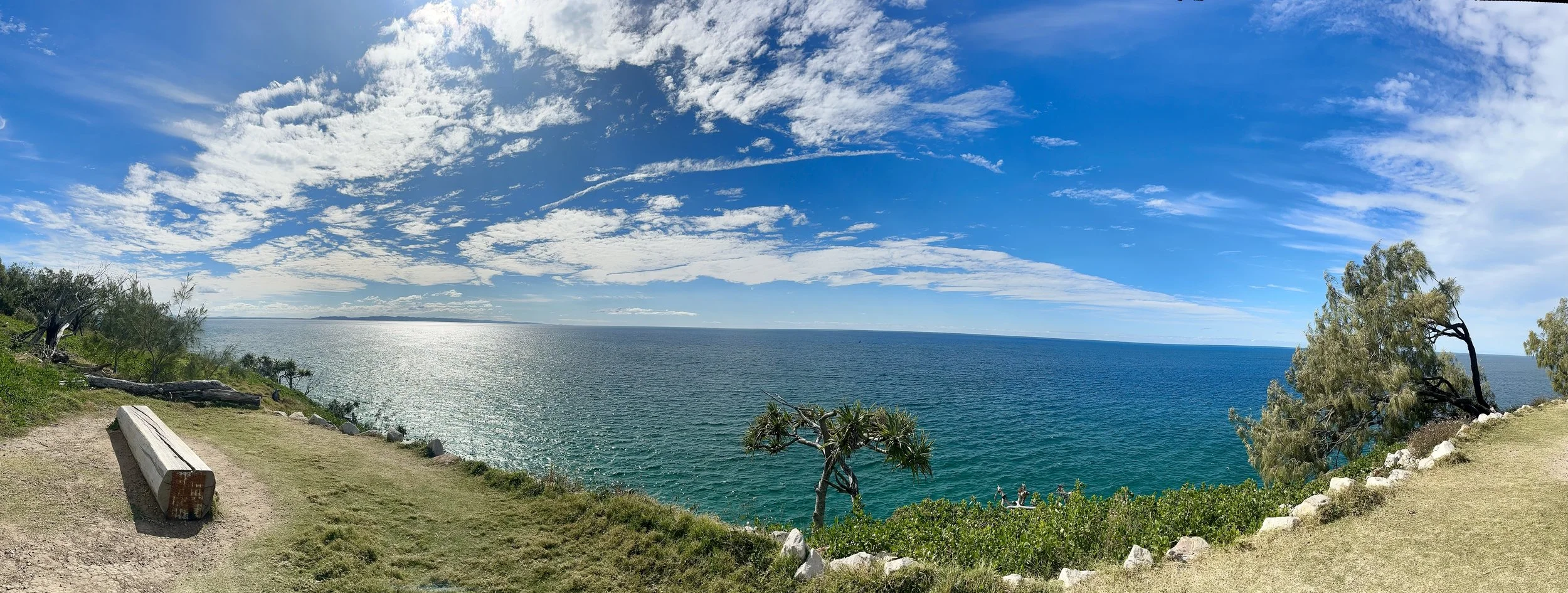Double-Trouble Disruption and The Year Ahead
/While much attention this year has been on tracking the growth in COVID-19 case numbers, some businesses have experienced exponential growth of a different kind. The ones who benefitted most smartly anticipated some of the emerging trends that were already in train before the pandemic. Within a few short weeks, these trends had become seismic shifts; to online retail, home delivery, remote working, virtual meetings, digitisation of services and a rapacious global appetite for subscription entertainment. As Scott Galloway of NYU said, “While other crises reshaped the future, COVID-19 is just making that future happen faster.
Conversely, many organisations suffered what we might term a “double-trouble” disruption; a combination of Corona-restrictions, which inhibited or curtailed their core operations, while their strategies lacked their competitor’s foresight in aligning with emerging trends. Many successful businesses were shuttered and could do little but spectate, while others readily capitalised on accelerated changes in consumer and market behaviour. This “double-trouble” disruption has been catastrophic for some firms and tempered little by public policy attempts to mitigate the damage.
Some acute victims of double-trouble have been the Cinema theatre owners and their travails became even worse this week. Warner Brothers, sitting on a slate of deferred and pending 2021 cinema releases, announced that those titles will in future premiere simultaneously in theatres and on their streaming platform HBO Max. This may well be the beginning of the end for large international theatre chains, which need global release schedules and crucially, exclusive release windows, to secure audiences and revenues. The business model that has fuelled a creative supply chain of movie entertainment for 100 years has begun to disassemble in a matter of months. Meanwhile, Disney, one of the last century’s great movie houses, have been making digital hay. During its first year of launch, amidst a pandemic in all its key markets, its Disney+ service reported this week that it had secured 97 million paying customers, exceeding its launch goal of signing up 60 million subscribers by 2024.
In March this year a neat throwaway term like “disruption” turned ugly and became something that suddenly felt deeply personal and unsettling. As the UK hunkered down, I could see the writing on the wall. I had spent much of the past two decades running interactive, high-touch leadership events, which encourage close collaboration with strangers from every corner of the world. If the Government needed a poster-boy for Corona super-spreading, then short of running a sweaty nightclub, or an all-comers’ wrestling venue, then it seemed I was their man. In a world of mask wearing, social-distancing and travel quarantines, the halcyon days of running executive programmes, suddenly seemed not only to be impossible, but depending on the various regulations, probably illegal. For me, a quick return to the old normal could not come soon enough.
Nine months later, LBS’ transition to “hybrid” classrooms (simultaneously mixing in-person and online cohorts) looks likely to be the default learning environment for some time to come. Our migration of some existing programmes has been relatively smooth and we have also launched some innovative short “live online” offerings as well. Crucially, we were afforded some time and space to transition. We experimented in June with a new wholly online “Summer Series” for our existing Senior Executive Programme (SEP) and then in October ran a full “hybrid” edition of SEP, with half of our participants attending in-person in London and others joining virtually from various locations, including the UK, Germany, UAE, India and Australia. The feedback has been encouragingly strong and we have learnt much; not just about using the technology (which works well) but a need to hone our approach so we pay more careful attention to each individual learner, as well as the broader cohort experience. Hopefully, as more participants experience these courses, we will draw more attendees who might have (for historical reasons) been sceptical about joining something badged as “online” in the past.
Looking further ahead, the challenge is do more than survive, but to thrive. Without an immediate return to the business travel, hospitality and social distancing norms of 2019, we will need to continue to closely focus on serving participants wherever they are. But to really elevate the participant experience, I think there are three key challenges we need to explore and imaginatively resolve. Briefly, these are time, place and impact.
Time. How we think about time will need to change. Recently, we had the pleasure of hosting a participant on our SEP from Australia. Taking part fully meant an extraordinary three-week night shift for him, which we termed “The Danger Zone”. Now by being fully live online, we have the opportunity to open up access to participants in every place on the planet throughout the year. Programmes have always been on set-weeks, often diarised in “office hours” and scheduled years in advance. We need to recognise that half the world has lived through much of another day by midday GMT. If we want individuals to feel part of a global Cohort experience, then we will need to radically re-think our schedules, timetables and programme formats.
Place. The English poet Philip Larkin wrote of “the importance of elsewhere”. The sense that even an unremarkable setting can inspire different thoughts and feelings, simply by being unfamiliar. Many of us have spent too long this year staring at the same four walls. We need other voices and distractions than our partners and families. One of the wonders of the participant experience in attending a School like LBS is the place; the Campus, the Park and enjoying the thrills of a world City. As more participants attend major business Schools without flying and residing, how can we still enable them to have that sense of elsewhere? Can we better support remote learners to attend online, but not from their own home? Can we connect them with Cohort members in their part of the world, or enhance the sense of experiencing London virtually? The solutions may well be adopting VR and AR tools that already exist, but they also may be solved by again rethinking time. Courses have always been strictly time-bound from registration, onboarding to certification. Maybe those timelines should be longer and more open? Then in the future, we welcome formerly remote Cohort members into some open-ended continuation of that learning in London.
Impact. The biggest challenge is to elevate personal impact nearer to that found amongst in-person cohorts. For those joining wholly online, we are still in the foothills. Participant feedback tells us that we are effective at making the teaching experience seamless and joined-up for participants (the tech works, the mechanics of the class, instructions, facilitation, content, etc) and we are improving interaction and involvement, e.g., collaborative workshops, breakouts and simulations. But getting participants into a deeper space of observational feedback, or emotional engagement with one another or the learning itself, is difficult. The very best learning experiences engender self-reflection, build self-awareness and often surface genuine commitments made to one another, to do things differently in the future. Online executive coaching helps, but for me, that broader sense of a cohort sharing profound learning together still seems some way off. The goal is to make the virtual experience work as well as it does with all the shared humanity, emotional engagement, openness and fun that groups gradually form when they spend a few weeks living, learning and socialising together on Campus.
As the world shifts back onto a steadier familiar axis in 2021 then the temptation is to hope for a rapid return to face to face executive education as the default format. But perhaps like the cinema, things will have shifted so profoundly in the interim, that real growth, if it is ever found again, is more likely to still come from virtual learning. I would suggest that the providers best positioned will be those who can make virtual cohorts connect well across timezones, provide a better sense of attending a place of learning, and focus on making learning impactful, not just educational.






